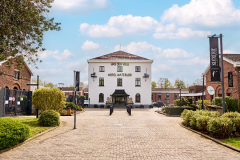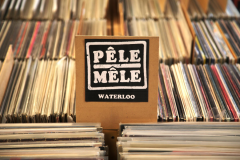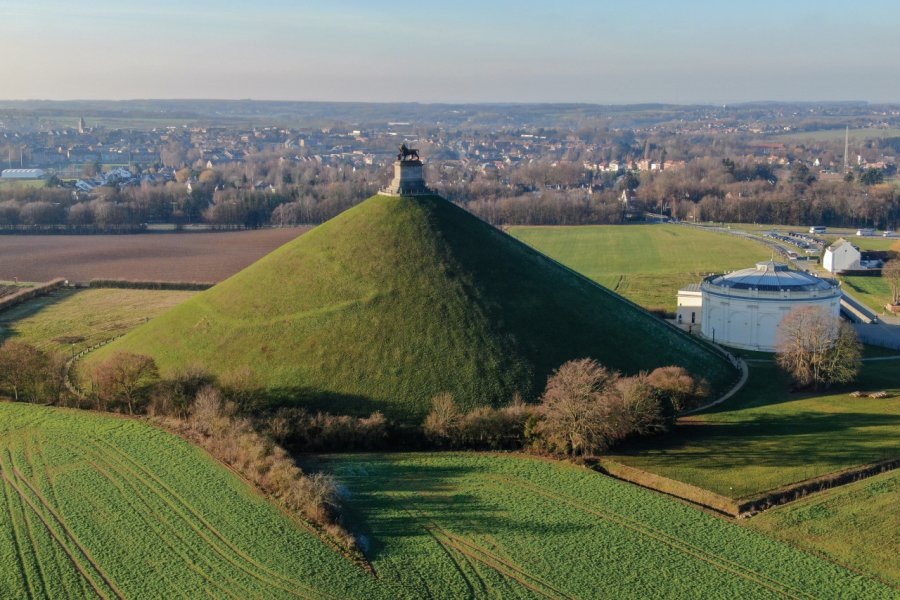Travel Guide Waterloo
Find an accommodation
Advertising
Waterloo is a green and residential region at the gateway to Brussels and the Forêt de Soignes. It alternates between valleys and woods, farms, parks and vast private estates and luxury residential housing. Apart from its natural and historical sights and its famous restaurants, the city itself is not particularly interesting. In fact, Victor Hugo saw it as a "dull plain". Waterloo, on the other hand, appears in all history books for its famous battle of June 1815. June 14, 1815: Napoleon Bonaparte arrived at Beaumont with his troops, on his way to confront the allied armies of Wellington and Blücher. On June 18th, the defeat at Waterloo will change the course of European history. It is now possible to relive them step by step, from Beaumont to Waterloo, along the 94 km of the brand new Route Napoléon in Wallonia. In reality, the battle took place in Braine-l'Alleud and in the neighboring villages... The confusion arose because the Duke of Wellington, who had set up his headquarters here, wrote the report of Napoleon I's defeat here. From the status of a hamlet of Braine-L'Alleud, Waterloo became an independent commune towards the end of the 18th century. The Spanish presence during the Ancien Régime can be seen in the Royal Chapel, located opposite the Wellington Museum.
What to visit Waterloo?
Advertising
Weather at the moment
Advertising
Organize your trip with our partners Waterloo
Transportation
Book your plane tickets
Car Rental
Boat rental
Accommodation & stays
Find a hotel
Holiday rental
Find your campsite
Tailor-made trip
Immersion travel
Services / On site
Activities & visits
Find a doctor
Waterloo travel inspiration
Find unique Stay Offers with our Partners
Pictures and images Waterloo
Other destinations nearby Waterloo
5 km away
25 km away
100 km away















